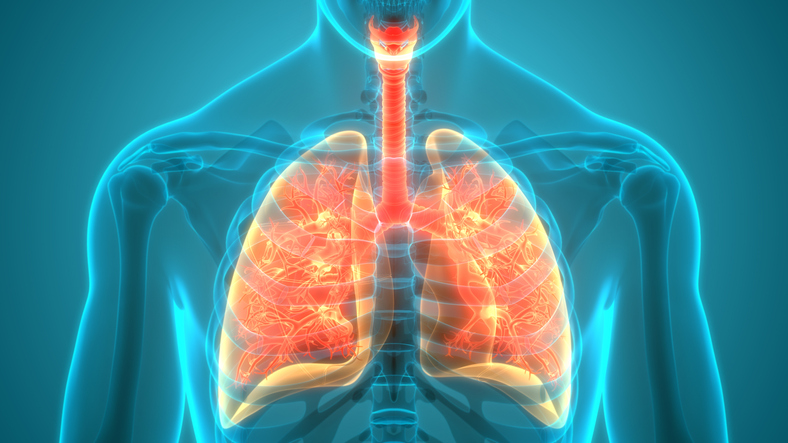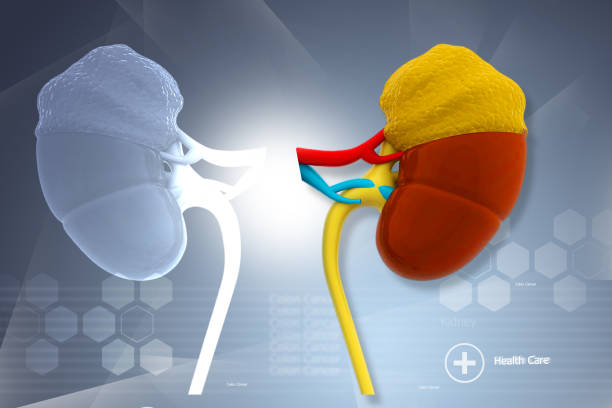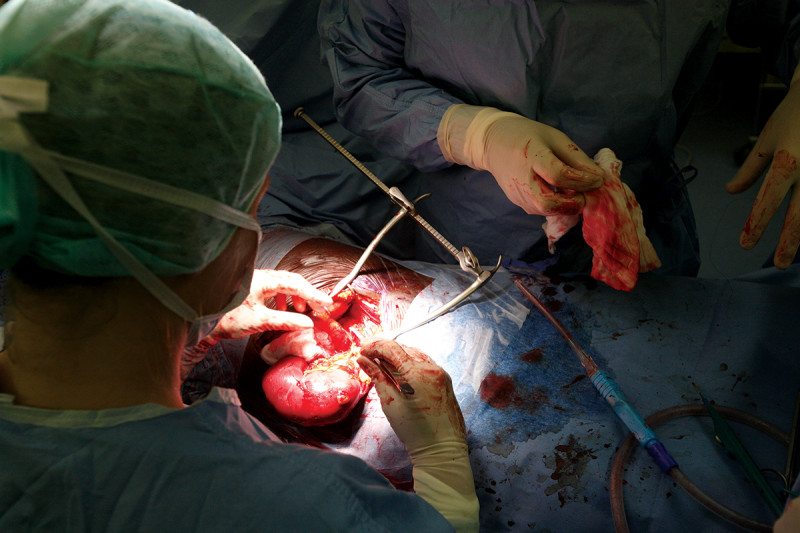“DEAR MAYO CLINIC: I was reading about lung restoration and innovation in the field of lung transplantation. Can you share more about this?
ANSWER: Over the past several years, devices outside the body have been used to evaluate human lungs donated for organ transplant before the lungs are transplanted. In the future, lung restoration may increasingly be used to treat donated lungs to make them healthier, so they could be viable for a transplant. The Food and Drug Administration has approved the use of a device known as the Xvivo Perfusion System with Steen Solution Perfusate, which is being used at Mayo Clinic in Florida, in a model constructed to make organs available regionally. Other systems are being investigated.
A lung transplant can be a lifesaving procedure for people with serious lung diseases, such as pulmonary hypertension, emphysema, pulmonary fibrosis, bronchiectasis or cystic fibrosis. But the number of lungs available for transplant consistently falls far short of the number of people waiting for a lung transplant.”
Read the full Q&A, here.






